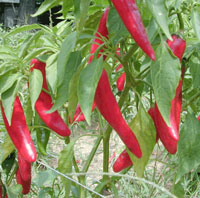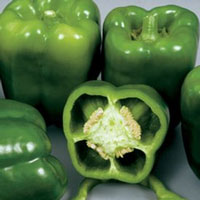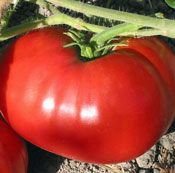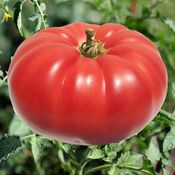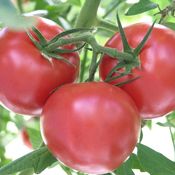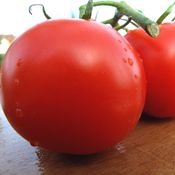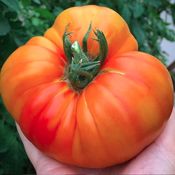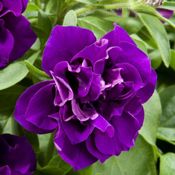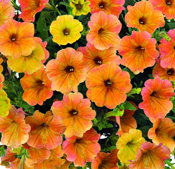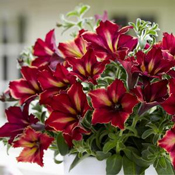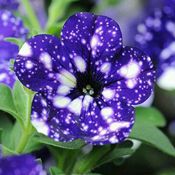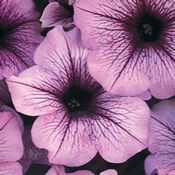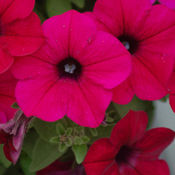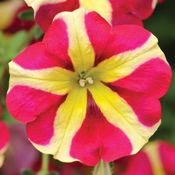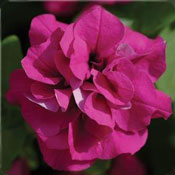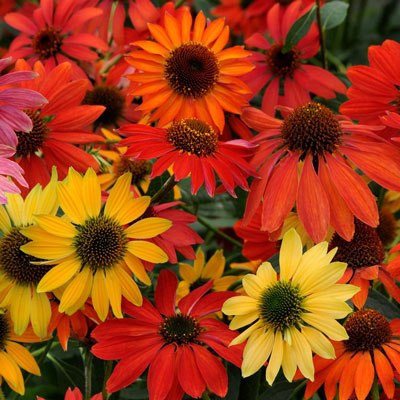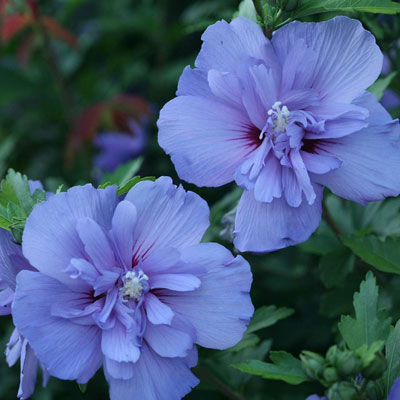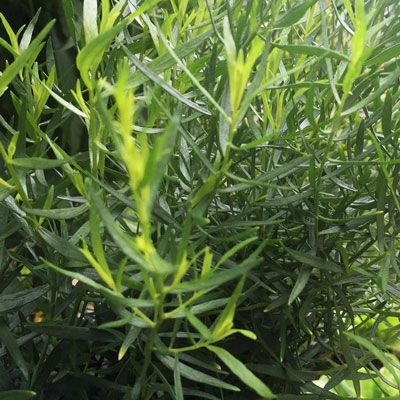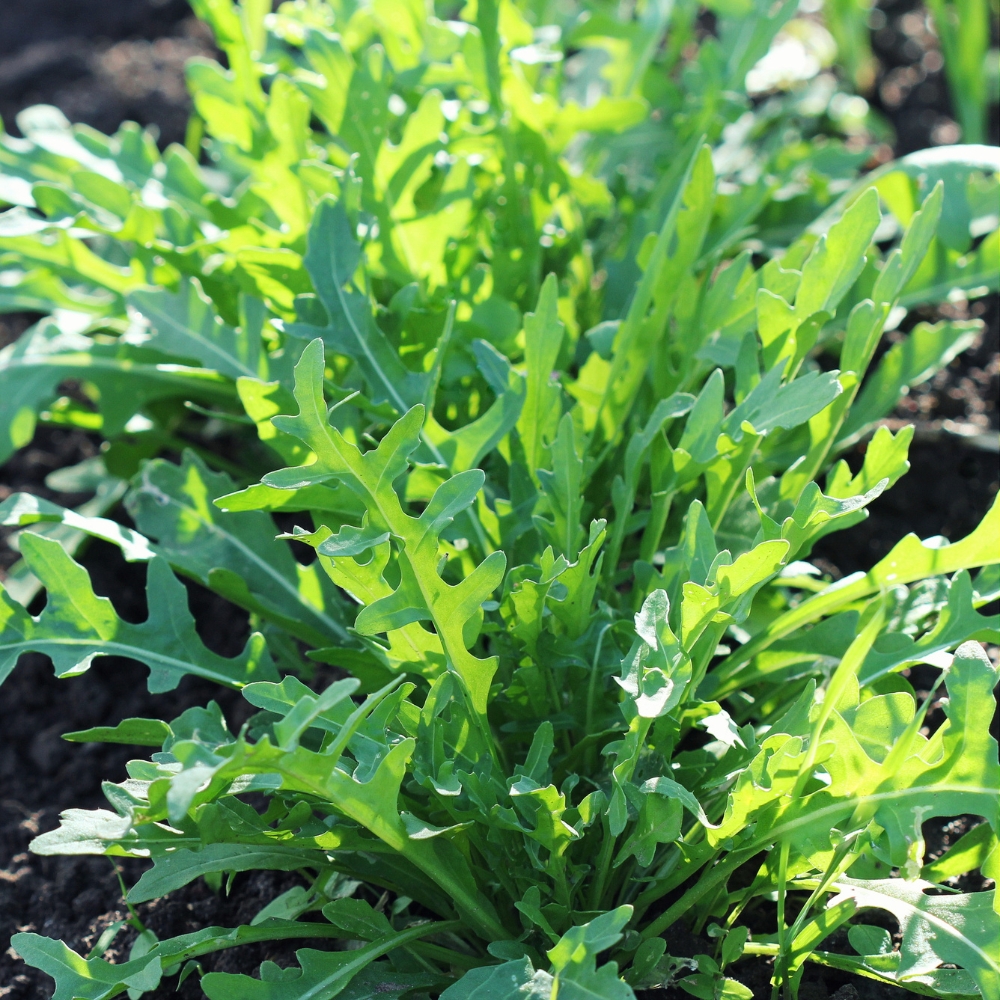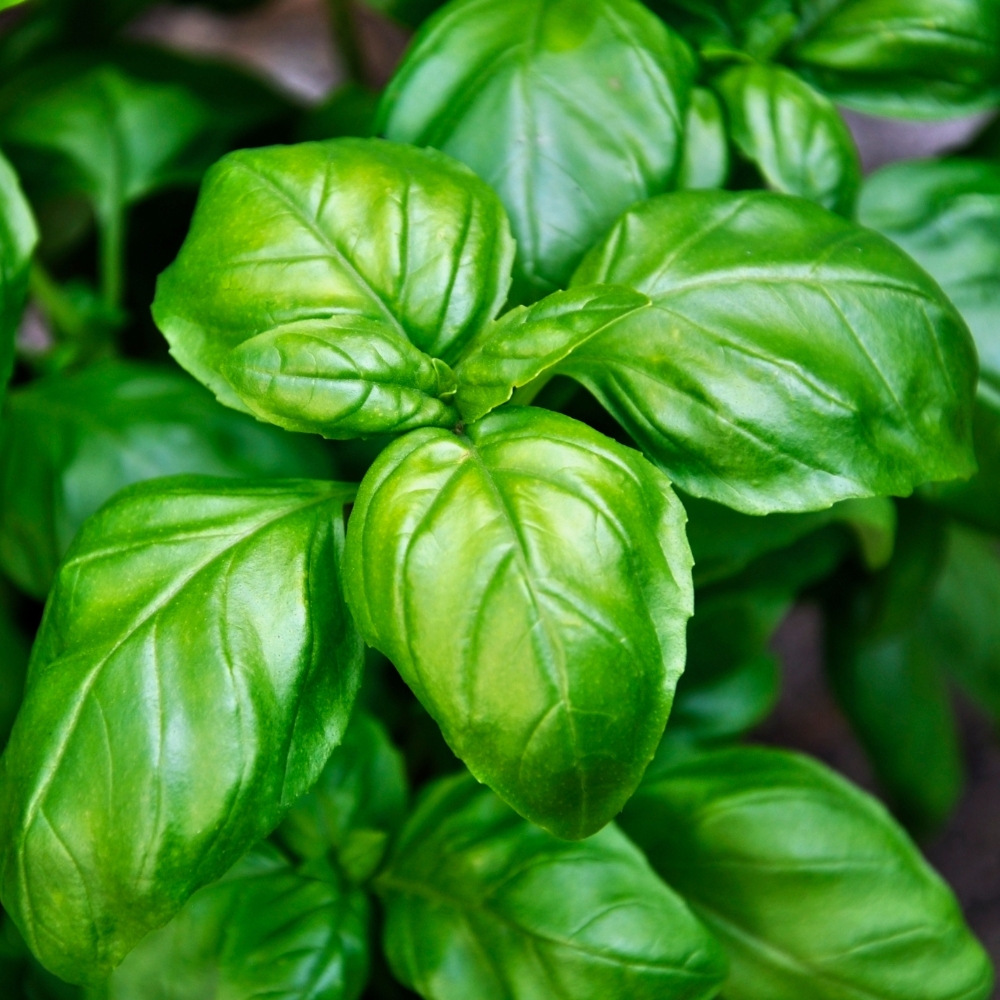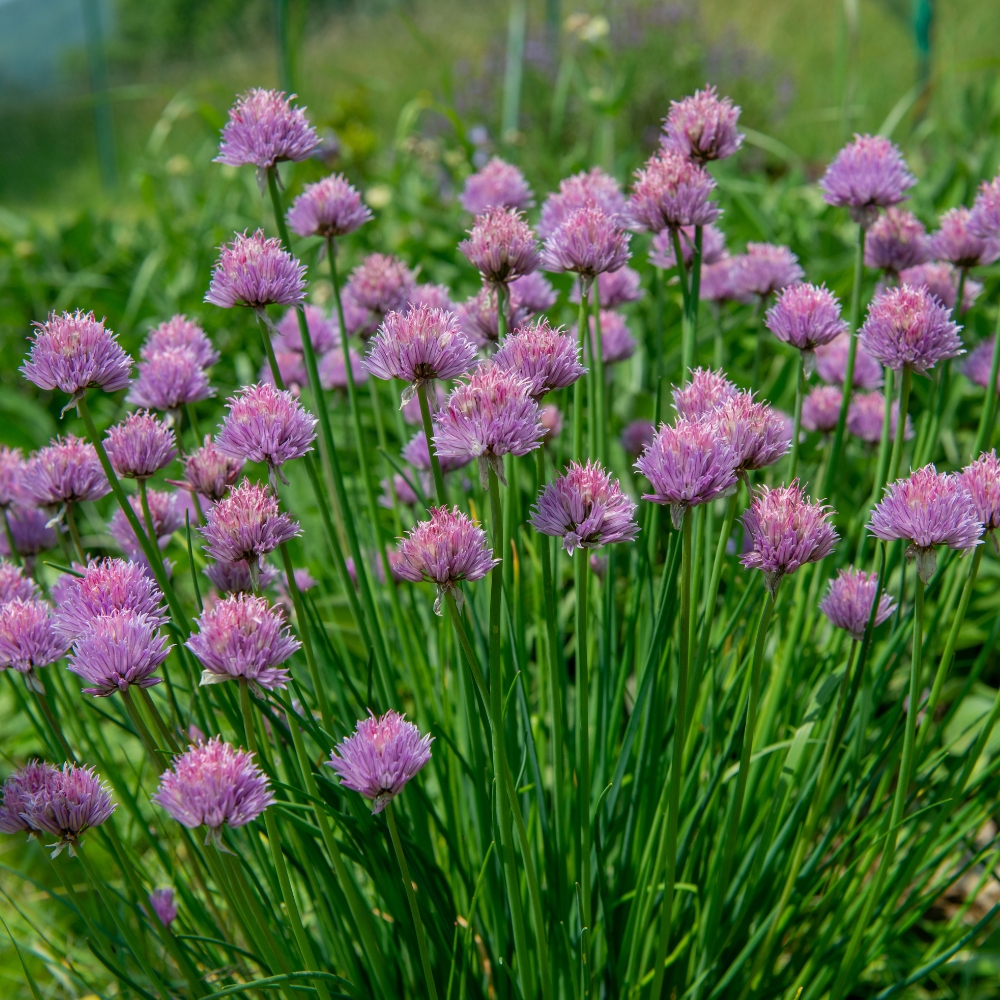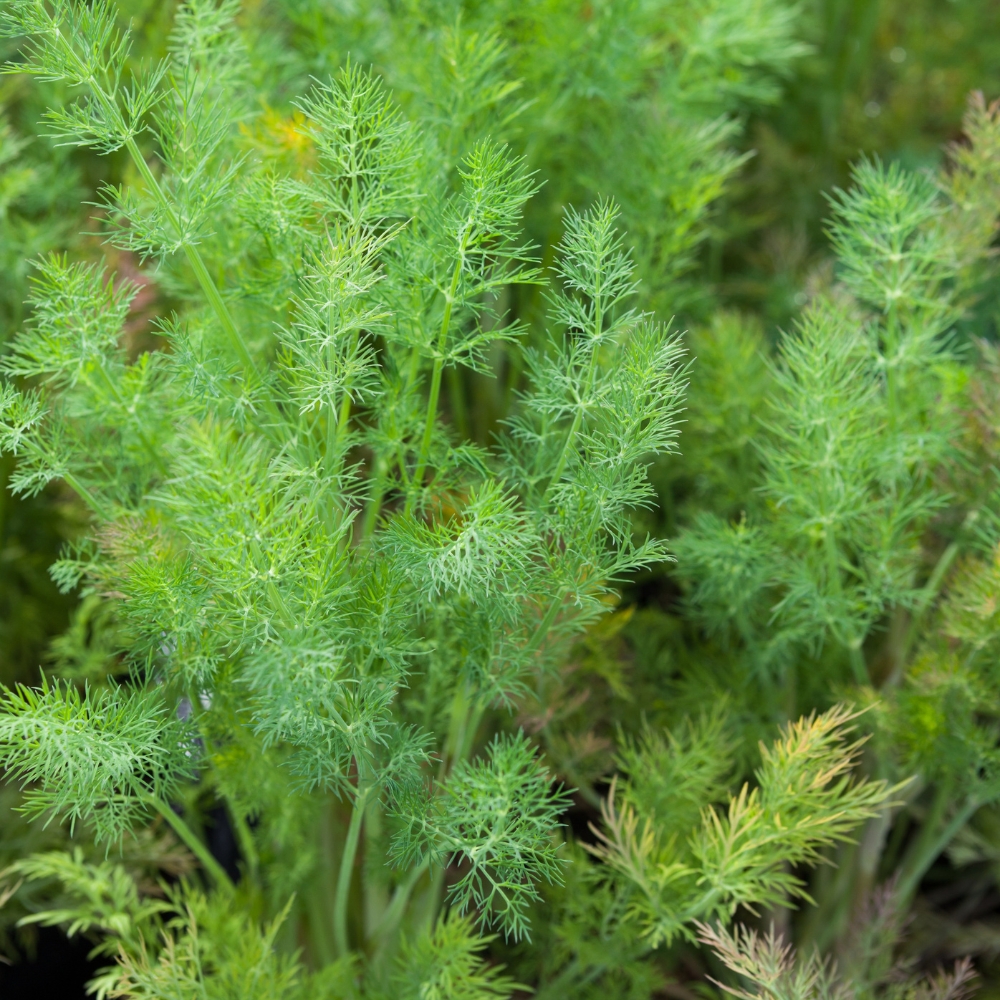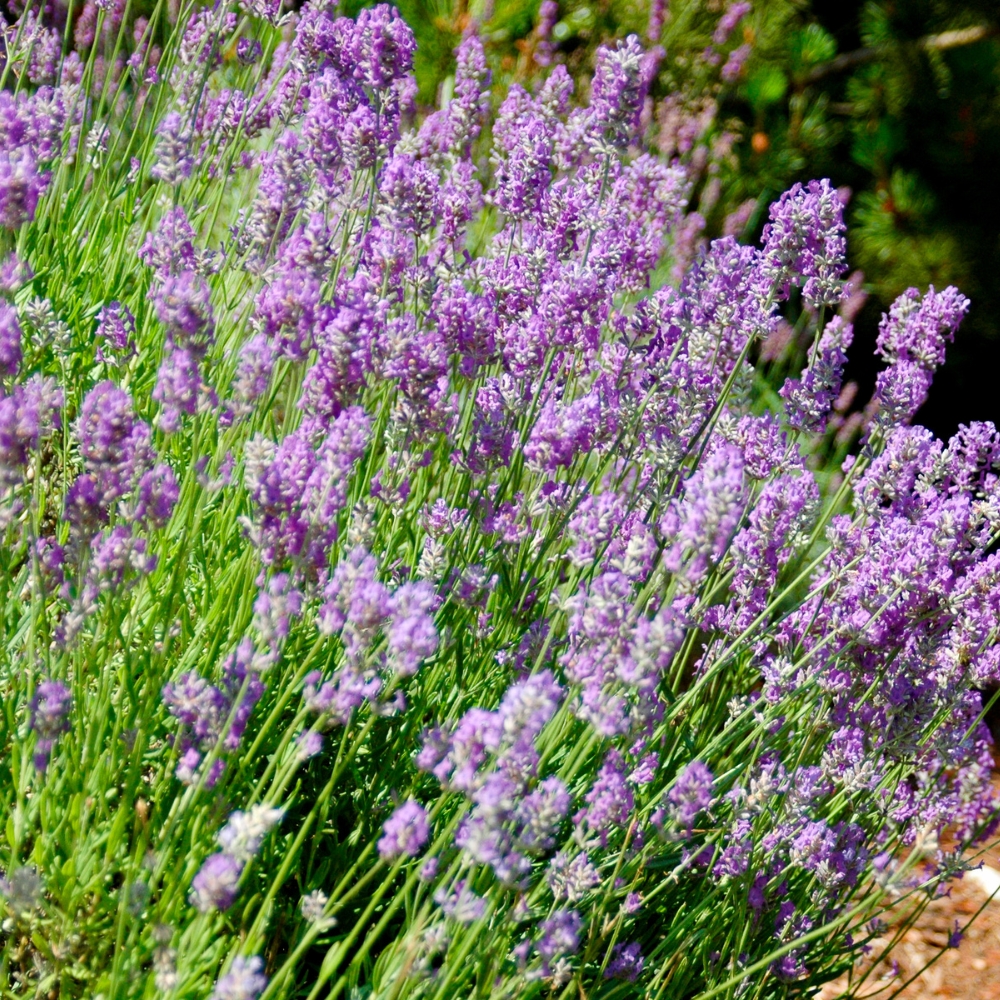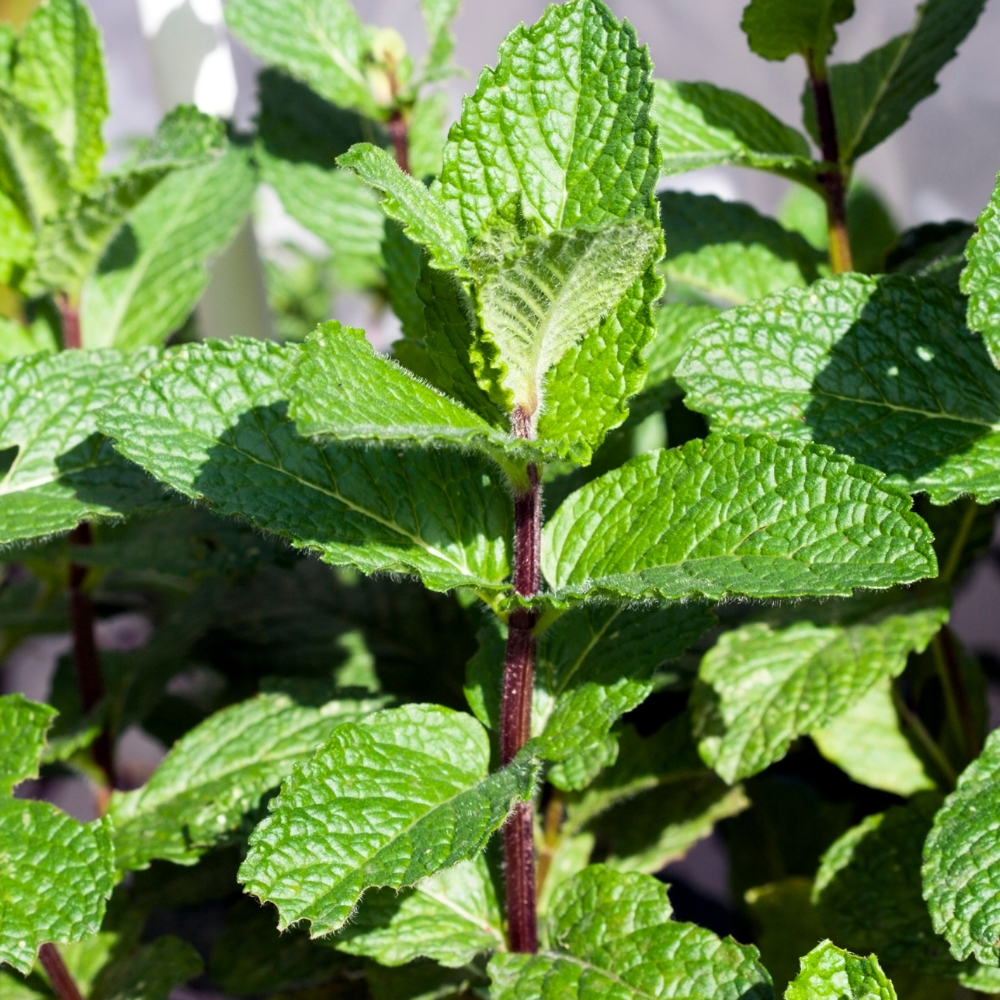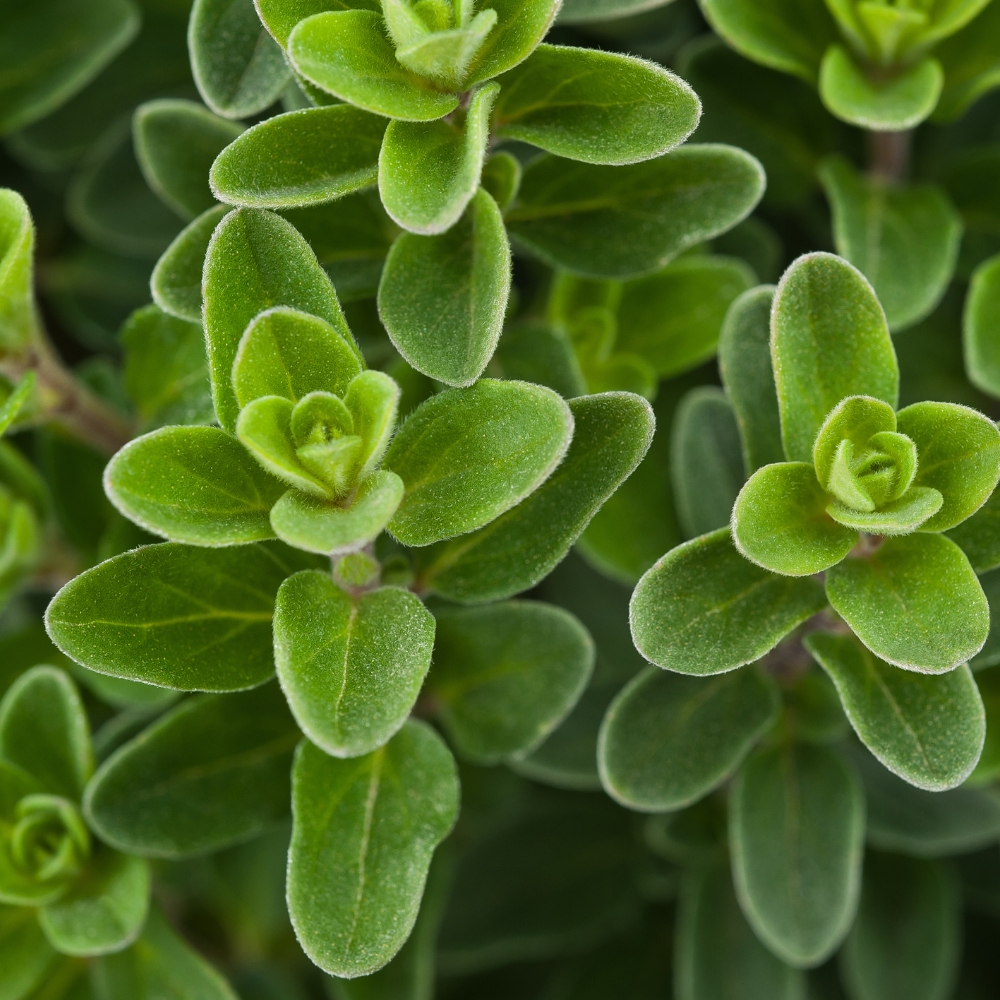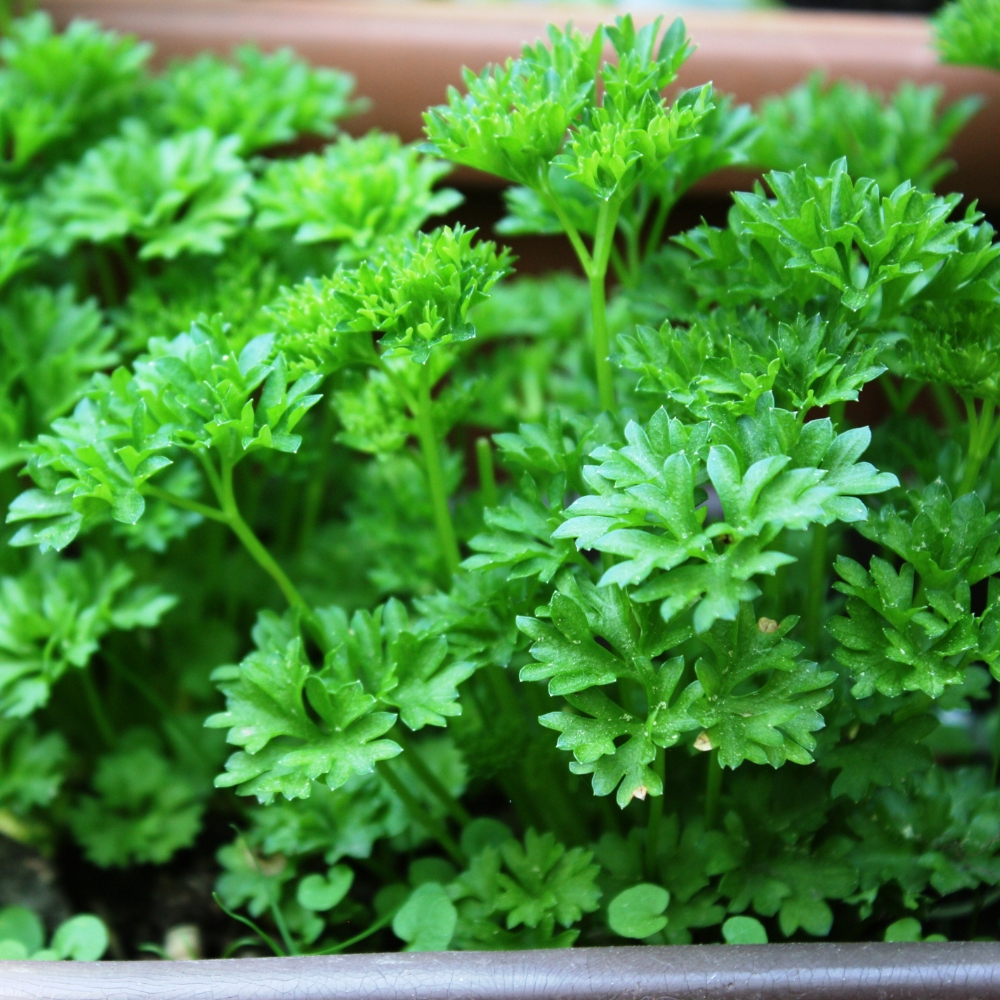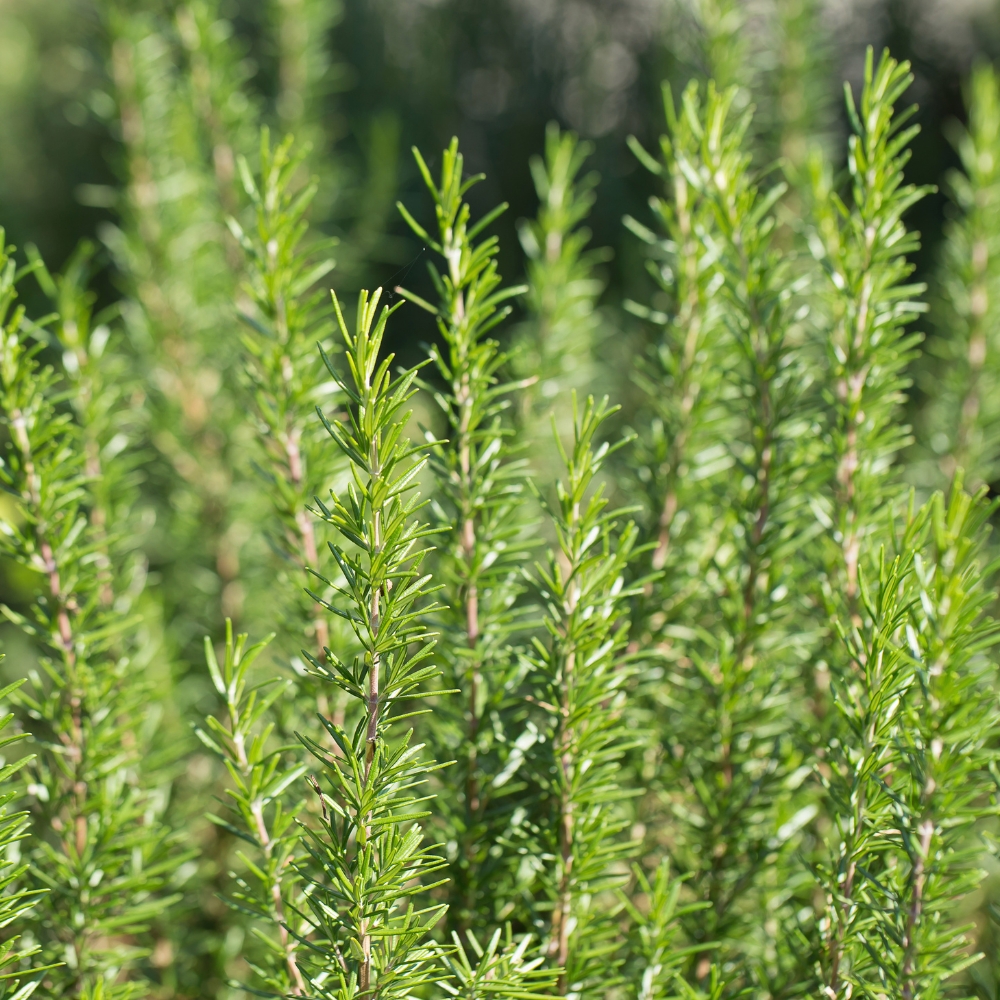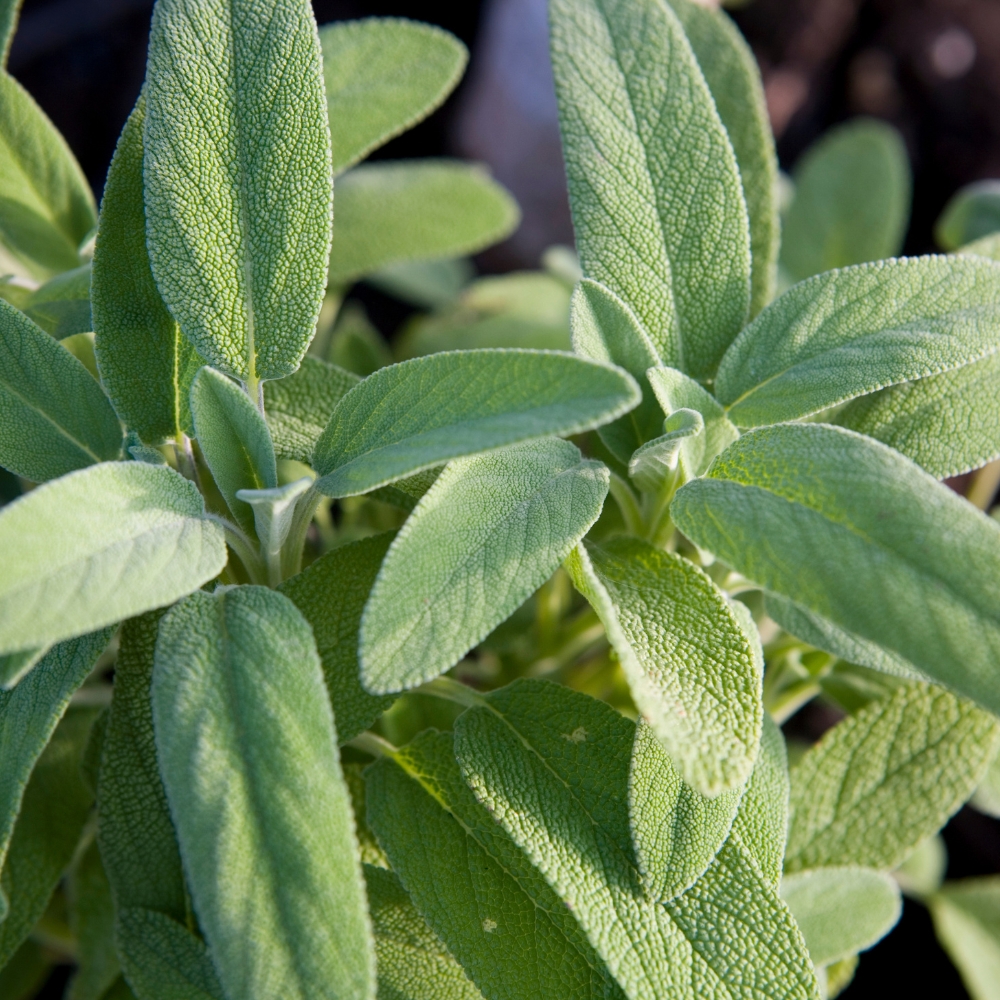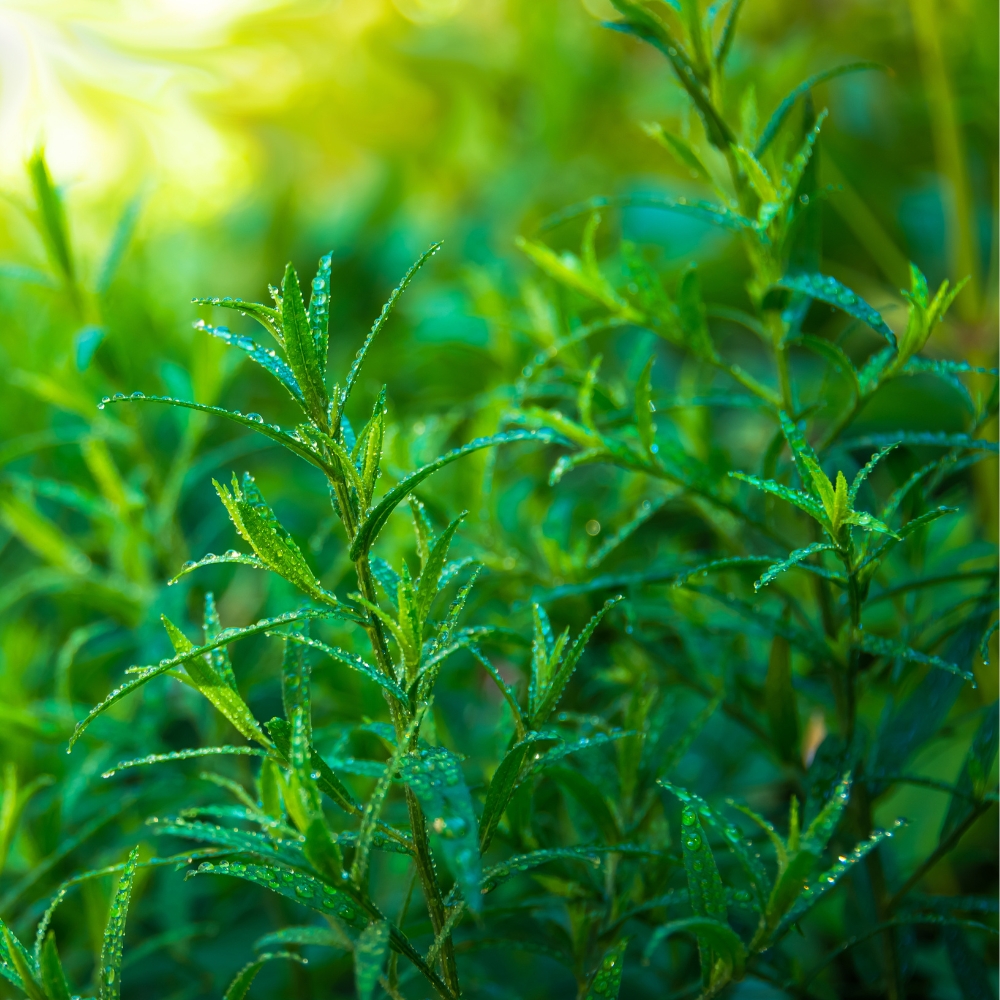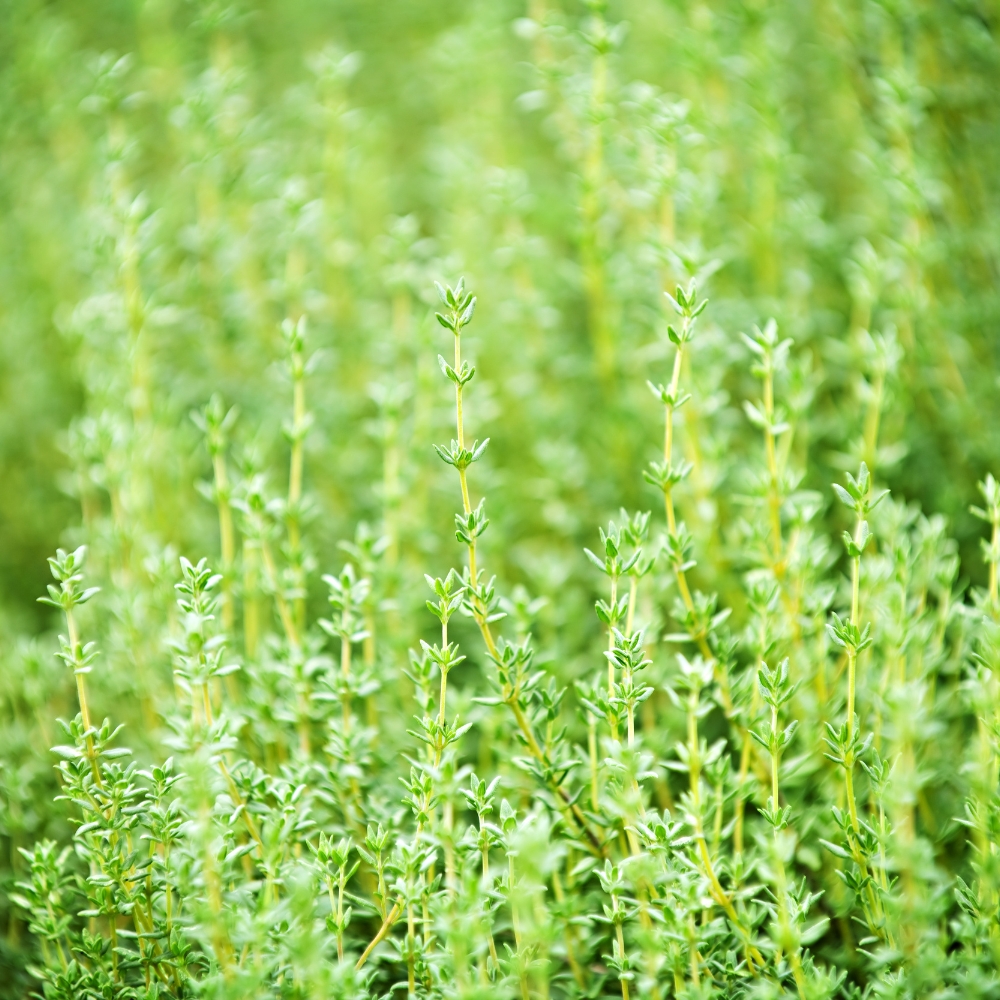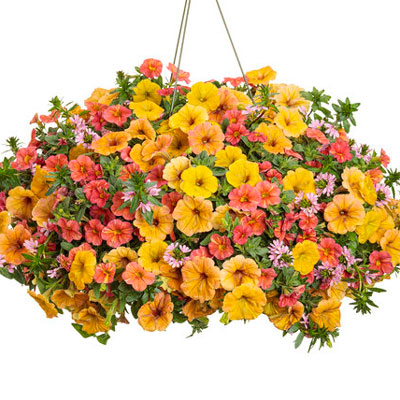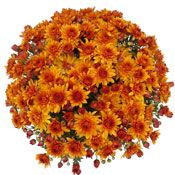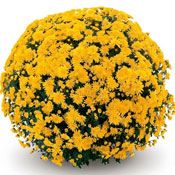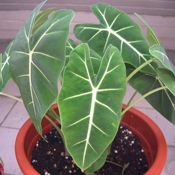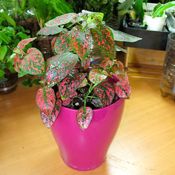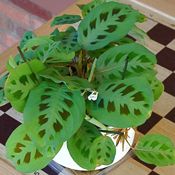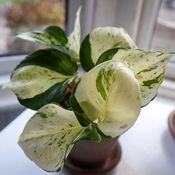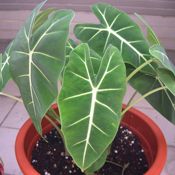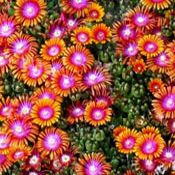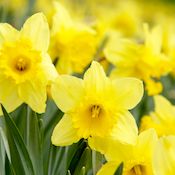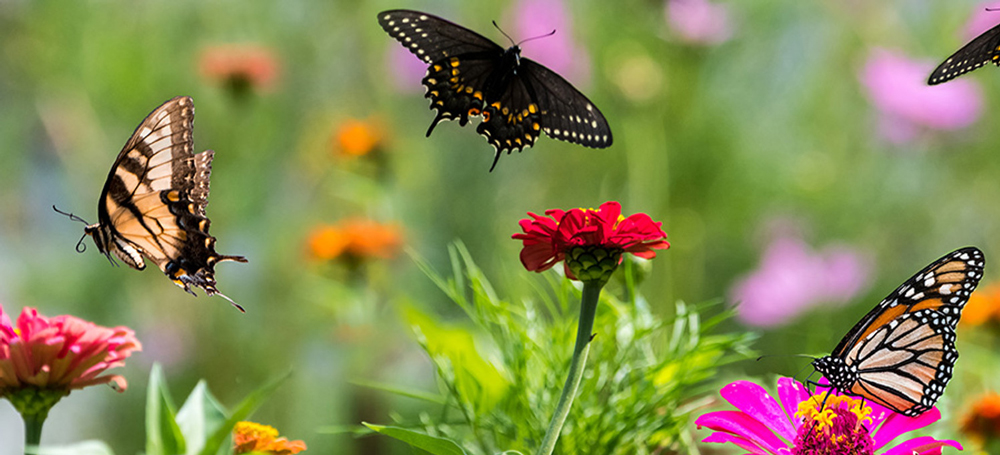
Pollinators are vital to our continued existence. Without pollinators farmers could not feed the U.S. and gardeners would no longer be gardening. Pollinators carry pollen from flower to flower, fertilizing plants, enabling them to bear fruit. Besides the obvious, like honeybees and butterflies, the world of beneficial pollinators includes bumblebees, hummingbirds, bats, ants, wasps, moths, hoverflies, mosquitoes, flies, beetles, and some birds, like Sunbirds, which are native to parts of North America.
You may be thinking, ‘Winter’s here, the pollinators are gone!’ WRONG! You, however, are not the only one that holds that belief.
The truth is that there are quite a few pollinators that overwinter in and near your garden, especially if you cut back on your fall maintenance. What?! Less work? Tell me more!
The U.S. Fish & Wildlife Service urges you to…
- Leave the leaves! Leaves actually provide winter insulation, necessary nutrients, and critical shelter for some caterpillars and eggs. If you just cannot leave the leaves, because, face it, you have always done it this way…rake as the first leaves fall and then leave the rest as the trees bare their branches later in the fall and early winter.
- Consider bloom time! Select plants that will ensure season-long color and food sources for pollinators, especially those that bloom early and those that continue to bloom late into the season. When other food sources either have not appeared in the spring, or are disappearing in the fall, these blossoms will be a welcome source of food for the pollinators visiting your garden and landscape.
- Let logs and large branches lie! In addition to logs and large branches, dead trees will also provide shelter and burrowing chambers for those pollinators that overwinter, as well as attracting winter birds.
- Wait until spring to prune! The twigs and stems that you would normally prune in the fall will provide nesting sites for some species of bees and other insects, like ladybugs and certain moths (they are pollinators too!). Perennial plants that have seedpods will also serve to feed your overwintering wild birds.
- Leave space! When leaving the leaves or mulch in your pollinator garden, be sure to clear a space or two that will receive winter sunlight. This will enable ground-nesting pollinators, such as bumblebees, to go underground away from the harsh winter weather.
Now that you have reduced the amount of fall maintenance to be done, you have plenty of time to plan next season’s pollinator garden. When planning and browsing for the perennial plants you wish to plant next year, you may want to draw a diagram of your garden spaces and then roughly sketch in those plants that you will want to purchase. Many gardeners have found that keeping a gardening journal is invaluable, especially if you also grow vegetables. And if you grow vegetables, you will want to plant some pollinator-friendly perennials in close proximity to allow them to easily pollinate your vegetable plants. Here are some tips on planning your pollinator garden for next season.
- Think color! When planning your pollinator garden, choose your favorite color palette and build from there. Besides the obvious choices, adding a bright, totally different and brave, pop of color may set your garden apart. Select complimentary colors or differing hues of the same colors. *ProTip: When drawing your diagram, use colored pencils to represent the different colors in your pollinator garden.
- Group your plants. If, for example, you have a combination annual and perennial pollinator garden, be sure to plant 3 or more of the same plant together. Not only is this more aesthetically pleasing, but you will attract more pollinators by making it easier for them to visit each bloom.
- Think about height! While browsing and making your selections, choose plants that can be seen easily from both the front and sides of your garden; don’t block shorter plants with taller plants. Pay attention to the plant descriptions that will provide the height and width of the perennial plants you are selecting. Plant taller plants in the back and shorter plants in the front. *ProTip: If a walkway is adjacent to your pollinator garden, use the same low-growing plants that you are placing in the front of your garden, to line your walkway. This presents a fantastically cohesive design, especially when seen from the street. It basically makes your walkway an extension of your garden!
- Consider texture! The most well thought-out pollinator gardens will have perennial plants with differing textures. This effect can be added by using plants with variegated foliage, or by choosing plants that have decidedly different textures. Look at both the leaves and the blossoms when choosing these different pollinator-friendly plants.
- Choose by bloom time! Carefully select the bloom time of the plants for your pollinator garden. As stated above, early-blooming perennial plants will provide a food source as pollinators become active and there is little to choose from. And then, choose late-blooming plants to provide sustenance when most of the other garden flowers have faded. Be sure to also choose plants that bloom mid-season so that you will have color all season long, while providing food for your pollinators, especially during the hottest part of the summer. *ProTip: Visit our Heat Tolerant Plants page if you live where summers are exceptionally hot.
Preorder!
Most gardening sites will allow you to preorder, something that you cannot usually do at your local nursery or big-box garden center.
Why should you preorder?
- Selection—Online gardening centers will have a larger selection than a brick and mortar store. Why? Online nurseries are not limited by shelf space. You will find more varieties in more colors by shopping online.
- Cost Savings—Preordering is a win-win! The vendor is able to plan more efficiently for the season ahead, while you are able to take advantage of the discounts offered when you preorder.
- Guaranteed to be In Stock—When you preorder, you are first in line to get the plants that you want. Nothing is worse than planning your pollinator garden, only to find out that the plants you want are out of stock, which will send you back to the drawing board, unless you want to settle for the next best thing.
- Time Management—Your preordered plants will arrive at the ideal time for planting in your growing zone. This also goes back to all of the advantages listed above, because you are not having to shop when everything has already been picked over. You will know when your plants have shipped and will be able to plan around your busy life to get your pollinator garden ready to receive those starter plants.
- Details—Online gardening sites are able to provide all the details regarding your pollinator plants. You will know how much sunlight they need, what type of soil they will grow best in, their height and width, even the bloom size! On our site, if you scroll to the bottom of the plant page, you will find links to the plants that will go well with the plant you’ve chosen. These will be plants that require the same amount of sunlight, moisture, and soil and are in the same USDA Hardiness Zone. They will also be plants that will be aesthetically pleasing in terms of color and texture.
Here are some suggestions to get your creative juices flowing!
Tall Perennial Plants
- Hollyhock—Hollyhock plants will grow up to 8-feet tall. They require full sun and will bloom from July through September. USDA Hardiness Zone 3 to 9.
- Delphinium—Also called Larkspur, these beautiful perennials will grow 34 to 40-inches tall. They need full sun and will bloom May through July. USDA Hardiness Zone 3 through 8.
- Foxglove—An absolutely gorgeous perennial, Foxglove will grow 3 to 4-feet tall. They prefer partial to fully sunny locations and will bloom from April to June. USDA Hardiness Zone 4 to 9.
Mid-Sized Perennial Plants
- Cornflower—This perennial plant will offer interesting texture and will grow 18 to 24-inches tall. It grows best in full sun and will bloom from June through July. USDA Hardiness Zone 3 to 9.
- Bee Blossom—This plant will grow 2 to 3-feet tall. It requires full sun and will bloom from spring through fall. USDA Hardiness Zone 5 to 9.
- Red Hot Poker—An interesting best seller, this perennial will grow 22 to 24-inches tall and will bloom from spring through fall. USDA Hardiness Zone 6 to 9.
Low-Growing Perennial Plants
- Creeping Phlox—Creeping Phlox will grow 6 to 8-inches tall. It needs a fully sunny location and will bloom from April through June. USDA Hardiness Zone 3 to 9.
- Scabiosa—This perennial plant will grow 12-18-inches tall. Scabiosa requires a sunny location and will bloom from spring through fall. USDA Zone 3 to 9.
- Dead Nettle—Also called Lamium, it will grow 6 to 8-inches tall. Dead Nettle grows best in partial shade to partial sun and will bloom May through June. USDA Hardiness Zone 4 to 8.
We urge everyone to do their part to save and nurture our precious pollinators. Talk to your friends, your neighbors, your relatives, your church family, and the people you work with. Many people do not know the valuable role that pollinators play. It’s up to everyone to do what they can…before they are all gone.
Thank you for all that you do to save our critically endangered pollinators!
We appreciate you!
















































































